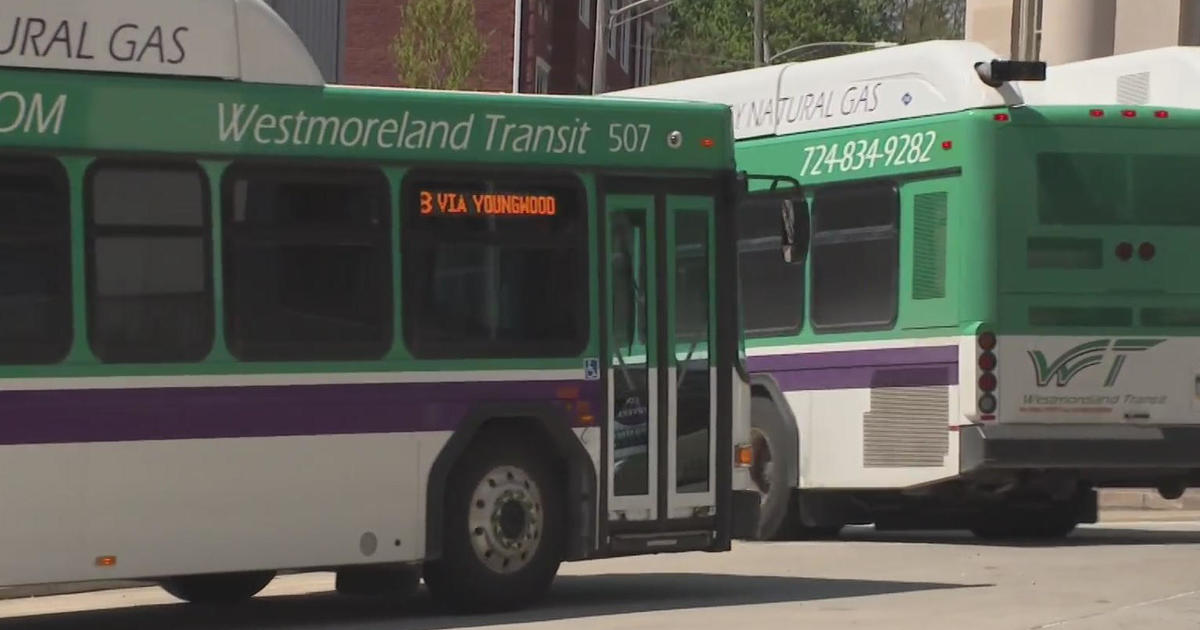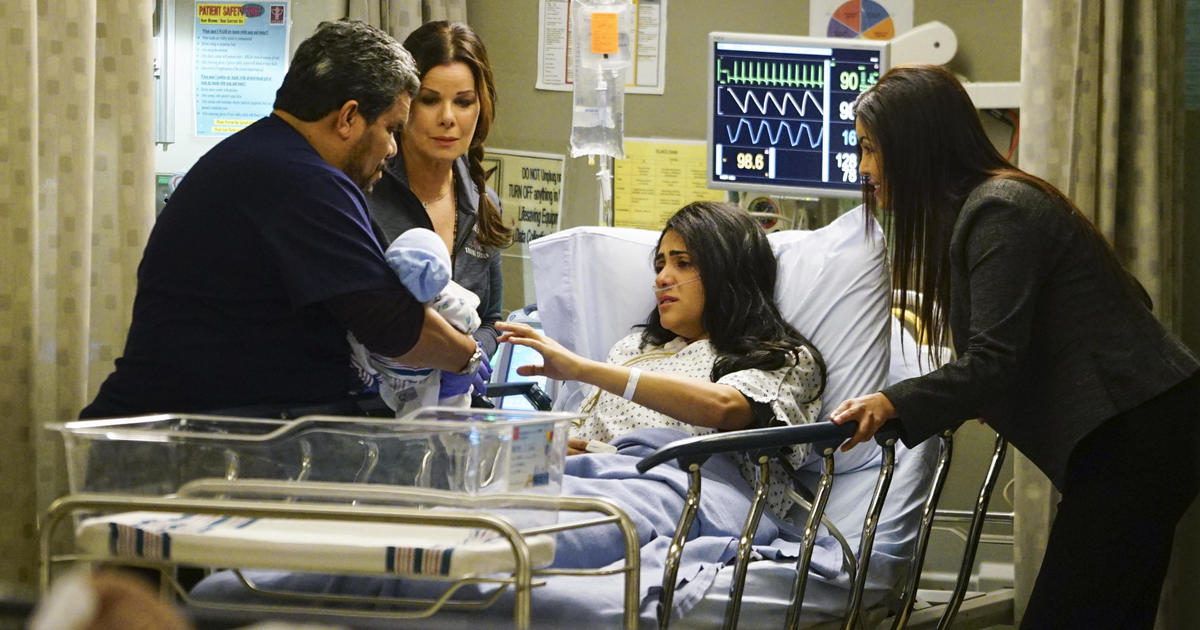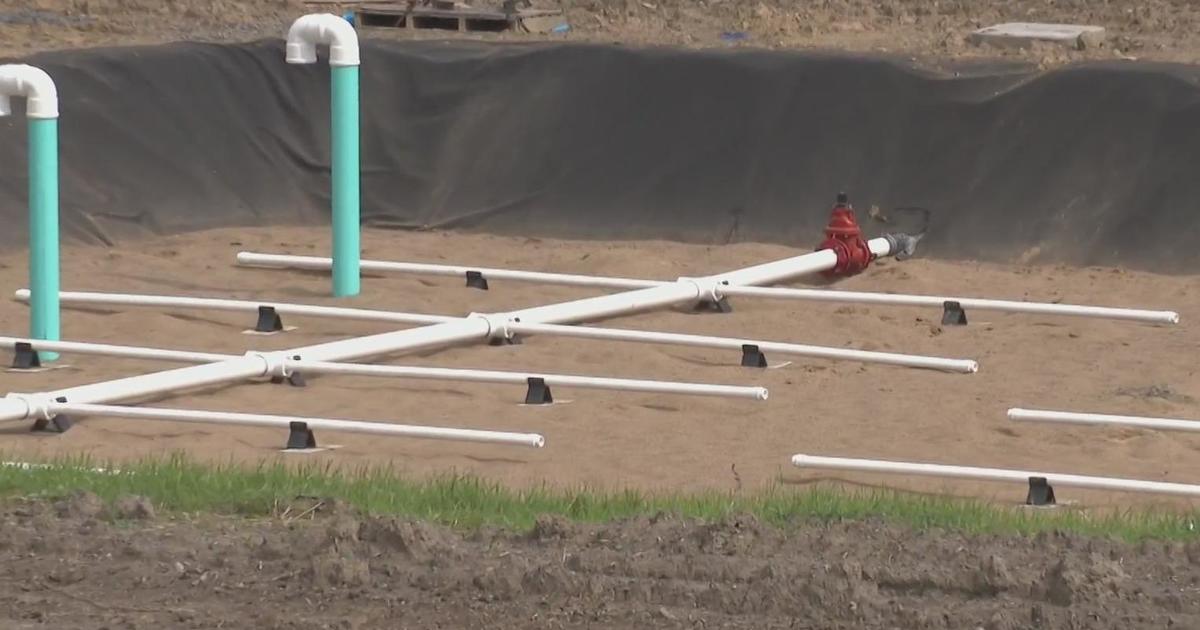Magnetic Stimulation Is Helping Treat Addiction
PITTSBURGH (KDKA) -- Could magnets be used to treat addiction?
"Magnetic stimulation has been around for decades to modulate brain function," said neurosurgeon Dr. Ali Rezau at the West Virginia University Rockefeller Neuroscience Institute.
And now, doctors at WVU have shown, in at least one case, that magnetic stimulation might help people with addiction get sober.
"We're hoping this magnetic stimulation improves your reward control behavior and reduces your craving," said Dr. Rezai.
At its core, addiction is a brain disease.
"It becomes a brain physiology problem over time. It doesn't start out like that, but becomes over time, with environmental influences, some genetic elements, and peer and family interactions," Dr. Rezai explains.
The malfunctioning brain circuit includes a deeper reward center that drives cravings, called the nucleus accumbens, as well as a superficial area called the prefrontal cortex.
"The top part, the cortex, says 'no,'" Rezai said.
The magnetic stimulation treatment takes just 15 minutes, and is fairly simple, from the patient's perspective.
"It involves sitting in a chair and getting magnetic waves delivered," Rezai explains.
The technician presents these images to the patient and when drug cravings increase, that's when the magnet is triggered to decrease the cravings.
"We'll ask them how much do you crave heroin right now? They'll give us a score on a 0-100 scale." James Mahoney, PhD, a neuropsychologist at the WVU Rockefeller Neuroscience Institute, said. "This is the magnet, so this sends the pulses over top of the skull here. We will push this button, and then at that point, it will deliver the stimulation. They might feel a tingling. They could also hear a slight clicking sound as well."
The prefrontal cortex is superficial enough that the magnetic waves can easily reach it. And stimulating this area activates its inhibitory action. In other words, making it easier to say "no" to a craving.
With more sophisticated equipment, you could integrate CT scans and MRIs into the treatment to improve precision. But in most cases, doctors find the target area simply with skull landmarks.
Because they've noted only one case, the goal now is to reproduce the findings in a study with a series of patients. Participants will get the treatment three times a week for three weeks.
In addition to checking how much the cravings decrease, researchers will also measure heart rate and skin responses.
"This is a simple technology that's being used already for depression and OCD, and our hope is that this technology can help those with addiction," Rezai said.



